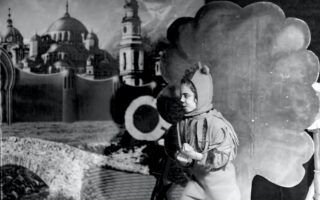A children’s book can be fun to inspire your child’s love of reading. It can also help develop early literacy skills such as vocabulary and print awareness. A great children’s book will grab your child’s attention from page one and keep them engaged. Additionally, it will improve their reading abilities and linguistic proficiency.
Contents
Characters
The characters in a children’s book set it apart from other stories and attract young readers. They should be memorable and exciting enough to keep a child reading for hours. Good character development should include emotional reactions to events. It will increase the interest of young readers and make them more likely to learn a lesson from the story. Whether you’re writing a picture book, a board book, or a chapter book, keep the target audience in mind throughout your writing process. Researching the interests of children in your target age group will help you determine what topics to include and how to approach them.
Illustrations
One of a children’s book’s most crucial elements is the illustrations. They’re the book’s most striking feature, and they convey the book’s overall theme. The illustrated children’s book comes in all shapes and sizes, from spot drawings to full-page or spread illustrations. Some books, like picture books, have total pages or spread illustrations on every page; others, such as early readers and first chapter books, have illustrations only on a few pages. Character sketches are a great place to start when creating a book’s illustrations. These sketches can look rough and get refined as the story progresses. While traditional art still exists in today’s children’s books, digital technology has made it possible to closely imitate the same styles without compromising quality. A few new styles have also been created for kids’ books. These include cartoon, realistic, and whimsical drawings.
Plot
A children’s book’s plot is one of the most critical factors. A good story should have a strong theme and engaging characters. A good plot should include highs and lows as well as a resolution. It can be achieved through narrative arcs and plot shapes, such as rising and falling actions. The plot of a children’s book should also address issues that kids face in their lives. If you create a book on anxiety, the protagonist, for instance, should feel every emotion related to anxiety. Creating a good plot is challenging, but it can also be rewarding. Before settling on a particular plot, it might be beneficial to construct a few other ones and solicit comments from other authors of children’s books.
Language
Language is among the most important considerations when writing a children’s book. It is because it helps kids learn the language basics and improve their reading comprehension skills. The language used in a children’s book can be as simple or complex as desired. For example, rhyming and alliteration are great literary tools to help young readers develop their phonemic awareness (understanding basic sounds). Another element to consider is the tone of the story. For instance, if a children’s book is about a sad topic, it’s best to have a happy ending that makes the reader feel reassured and secure. A good children’s book should also include visual input to help with memorization and make learning fun. Illustrations are a great way to spark a child’s interest and stimulate their imagination.




